Field Trips
Our environmental education model is service learning-based, and we work with all kinds of educators. We know that learning by doing is powerful, so students volunteer with us on restoration projects, such as tree planting or invasive species removal, and deepen that experience with educational activities that match our projects.
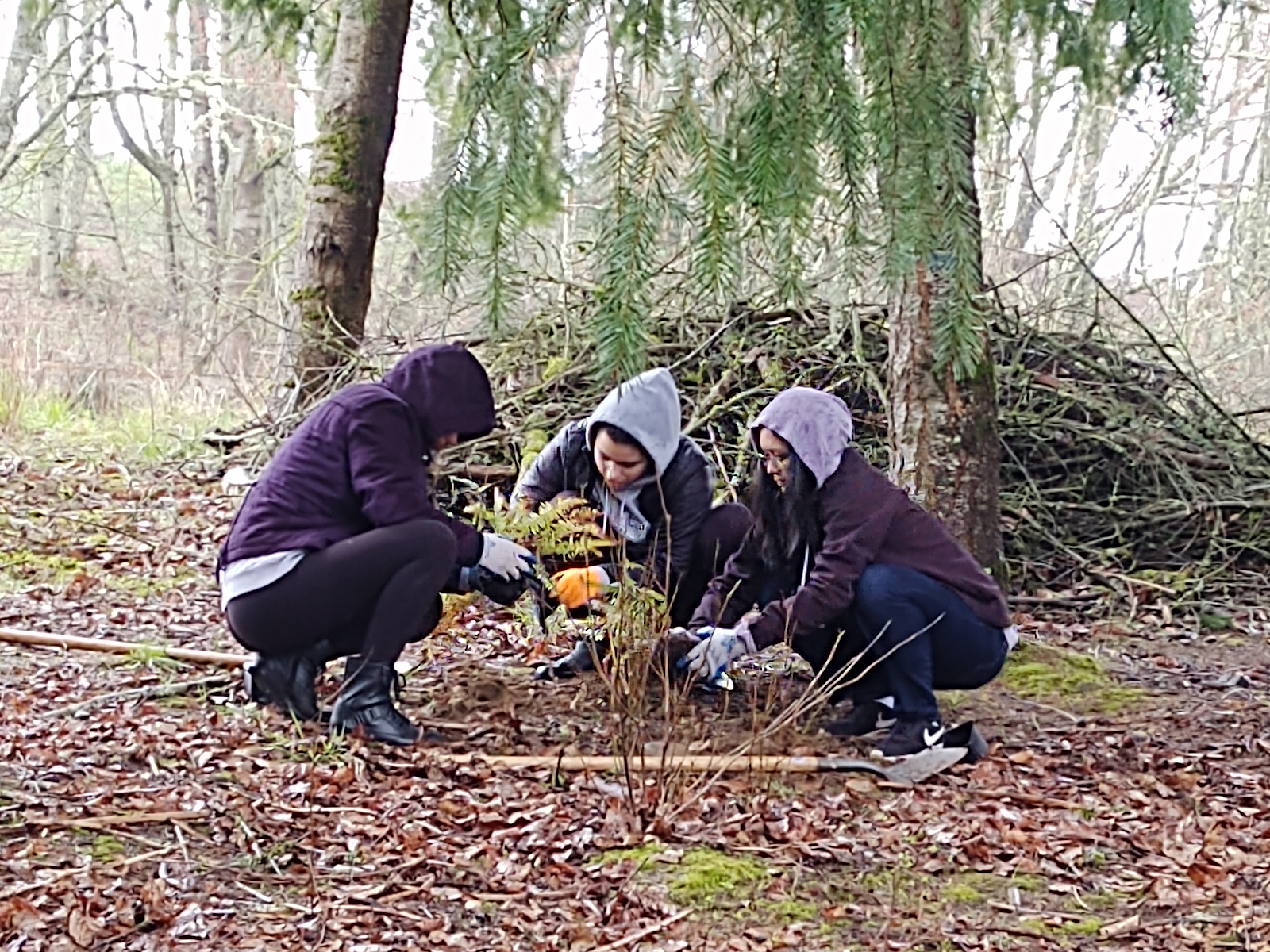
Native Plantings
Plant native plants with JCWC! From trees to shrubs to herbaceous plugs to wildflower seed mixes! A small planting lesson is conducted in the beginning showcasing the best planting practices along with tool safety. Some plant ID will also be covered. This is subject to availability and season (but we will try our best to accommodate!).
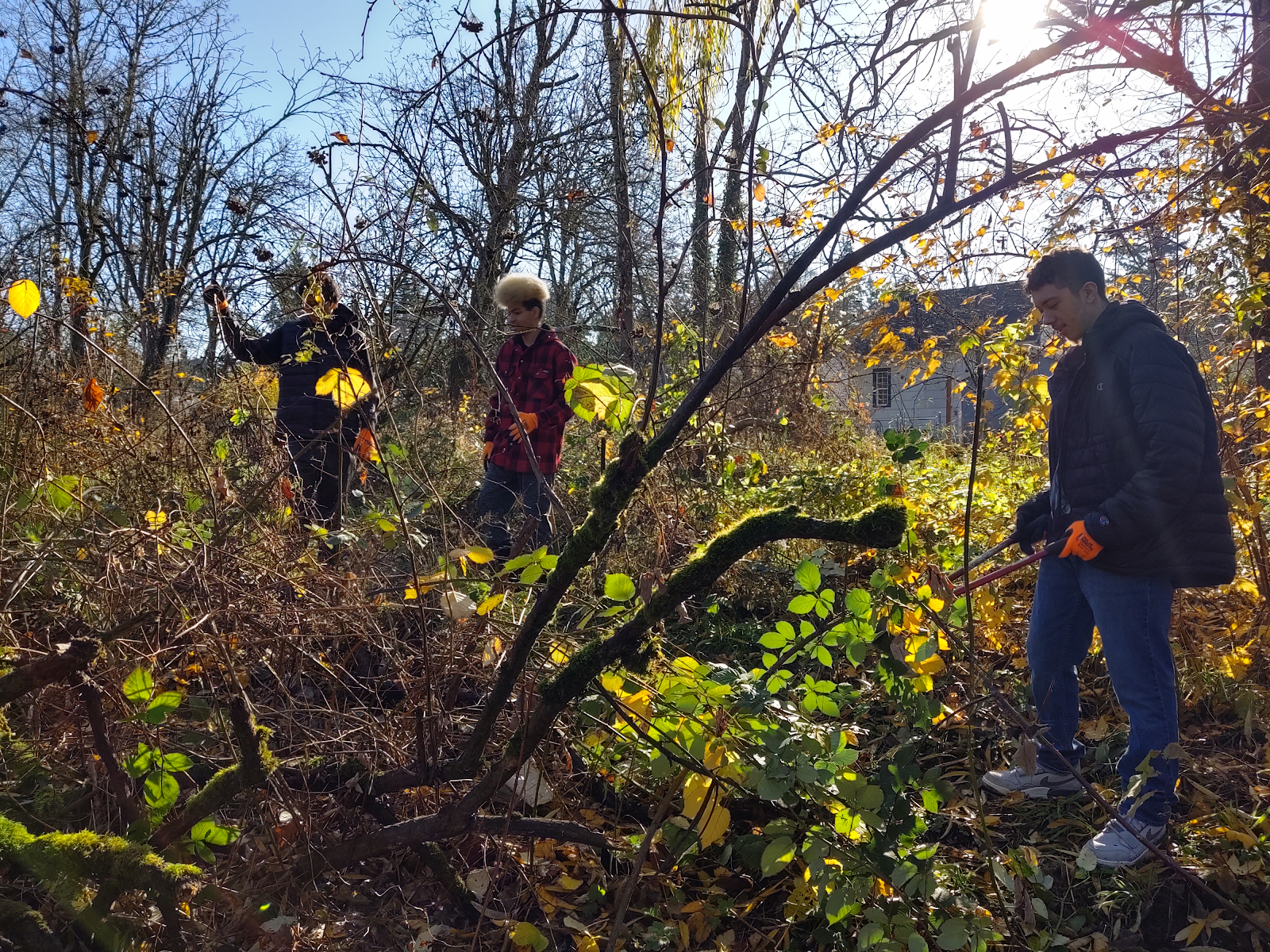
Invasive Species Removal
Remove tough invasive plants including Armenian blackberry, English Ivy, garlic mustard, and much more. Tool safety and invasive removal techniques are conducted in the beginning. Some plant ID will also be covered.
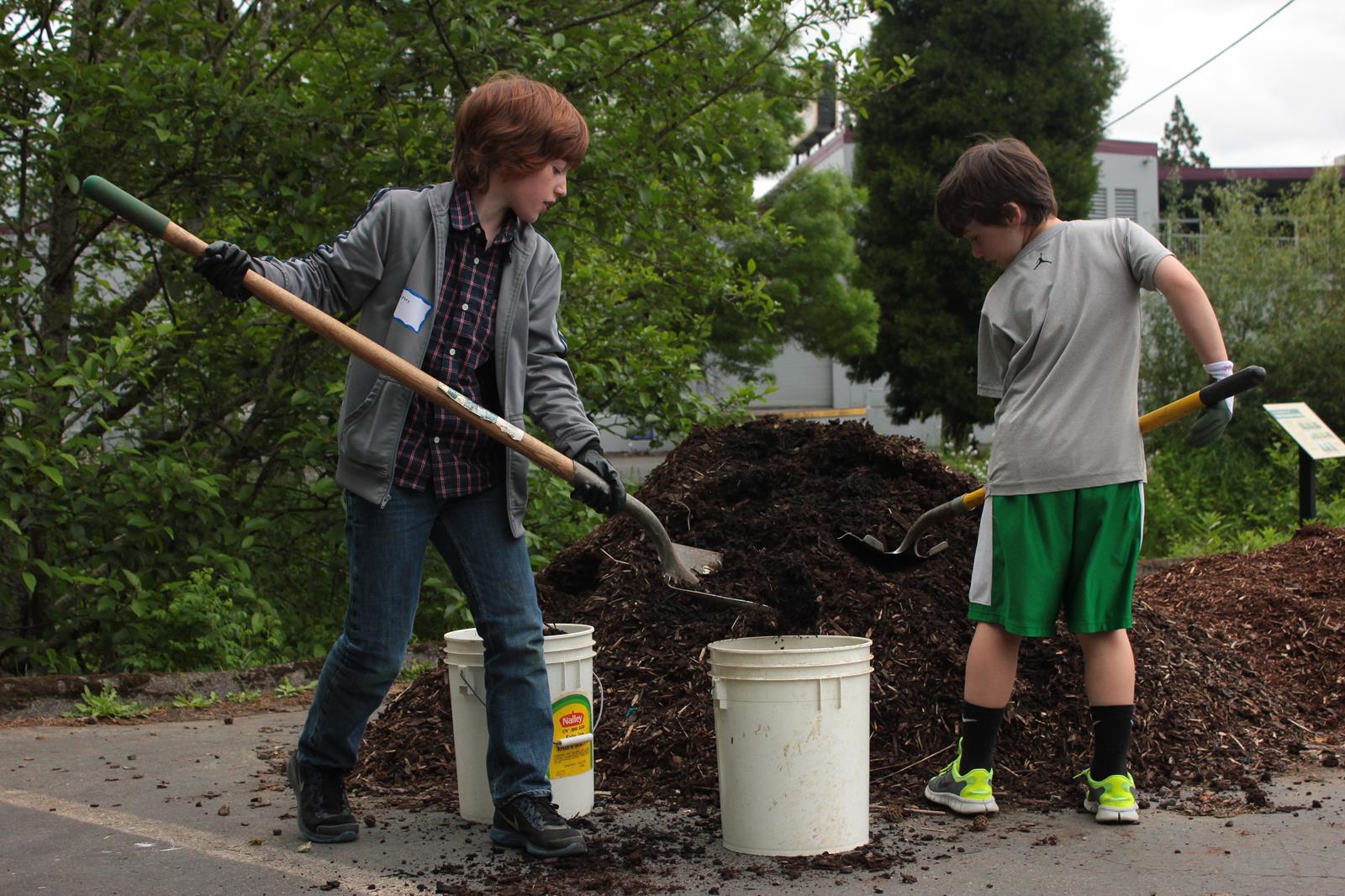
Mulching
Place mulch around native plantings to help them survive. Tool safety is conducted in the beginning.
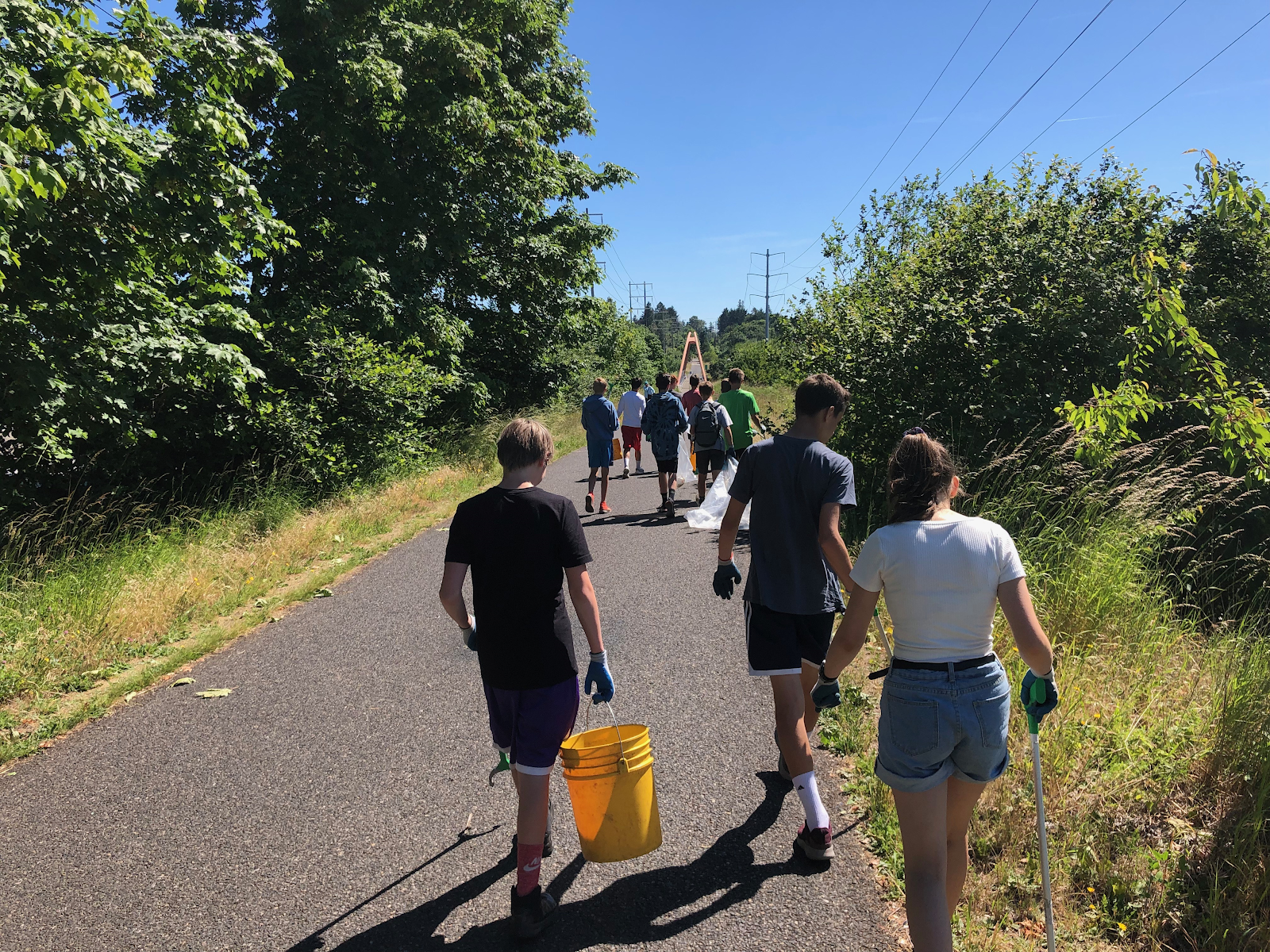
Trash Pickup
Remove trash left behind in our natural areas that harm wildlife, prevent plants from growing and polluting the creek. Tool safety is conducted in the beginning.
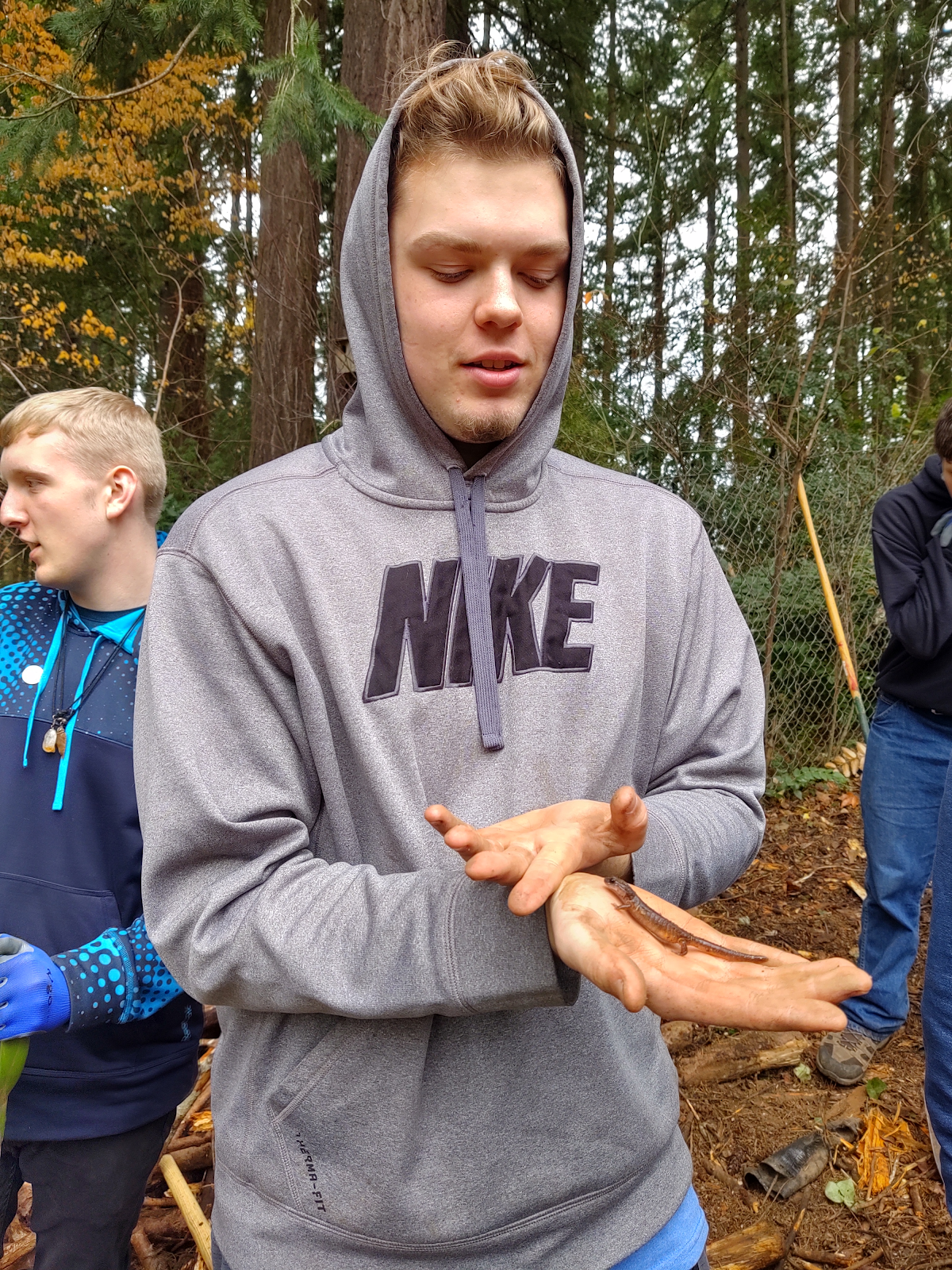
Amphibian Survey
Students will engage in hands-on surveys for native amphibians along Johnson Creek. They will learn amphibian ID for adults and egg masses, how to navigate the water, and how to do a survey.
Program Time: 2-3 hours
Recommended grade level: High School, but can be tailored for middle school students
Season: February-April
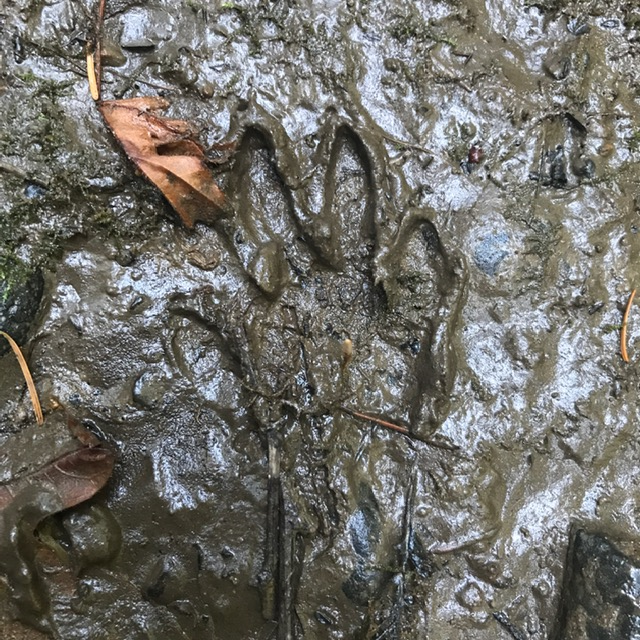
Animal Tracks
Students will learn how to identify different animals in the watershed by their tracks, as well as how feet help animals and why tracks are important for scientists.
Program Time: 1 hour
Recommended grade level: Elementary, but can be tailored to older students
Season: Anytime
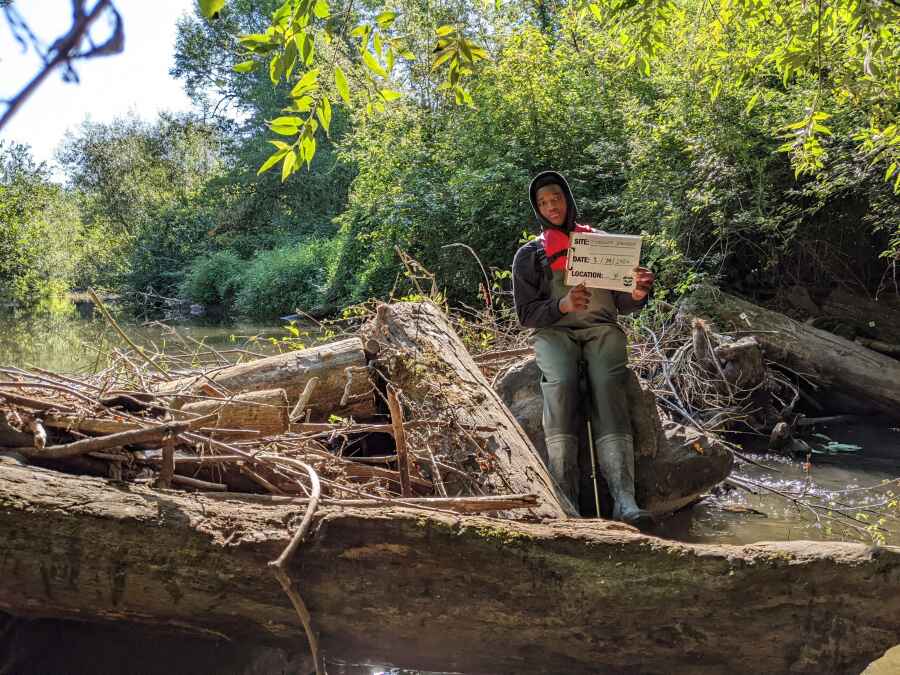
Beaver Survey
Students will learn how to conduct a beaver survey, from identifying beaver markings and signs to collecting data and photo points. Students will gain an understanding of how beavers affect the landscape and learn how to encourage beaver activity along Johnson Creek.
Add on: This can be paired with an in-class, 1 hour presentation about beavers and how to use our data sheets
Program Time: 1 hour
Recommended grade level: High School, but can be tailored for middle school and elementary school students
Season: Anytime

Birding
Students will explore the beautiful world of live birds in the watershed. Basic bird identification will be taught based on four factors: auditory, habitat, visual, and behavior. This method helps students learn some of the most common birds in their area. Students will also learn how birds fit into the ecosystem and the important roles that they play.
Program Time: 1 hour
Recommended grade level: K-12
Season: Anytime
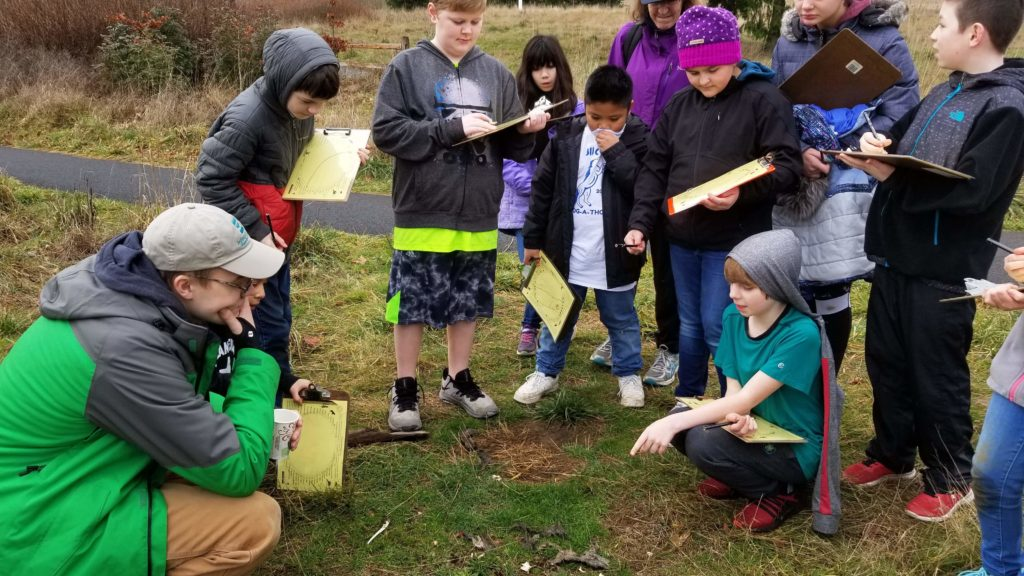
Ecology Web Scavenger Hunt
Students will start by analyzing the map in the visitor center at Powell Butte Natural Area and learn how to identify a watershed and its inhabitants. Students will then learn the impacts human activities have on this area and what can be done to improve these conditions. Students will then search for certain features on Powell Butte and discover how they are connected to each other.
Program Time: 1 hour
Recommended grade level: Elementary School
Season: Anytime
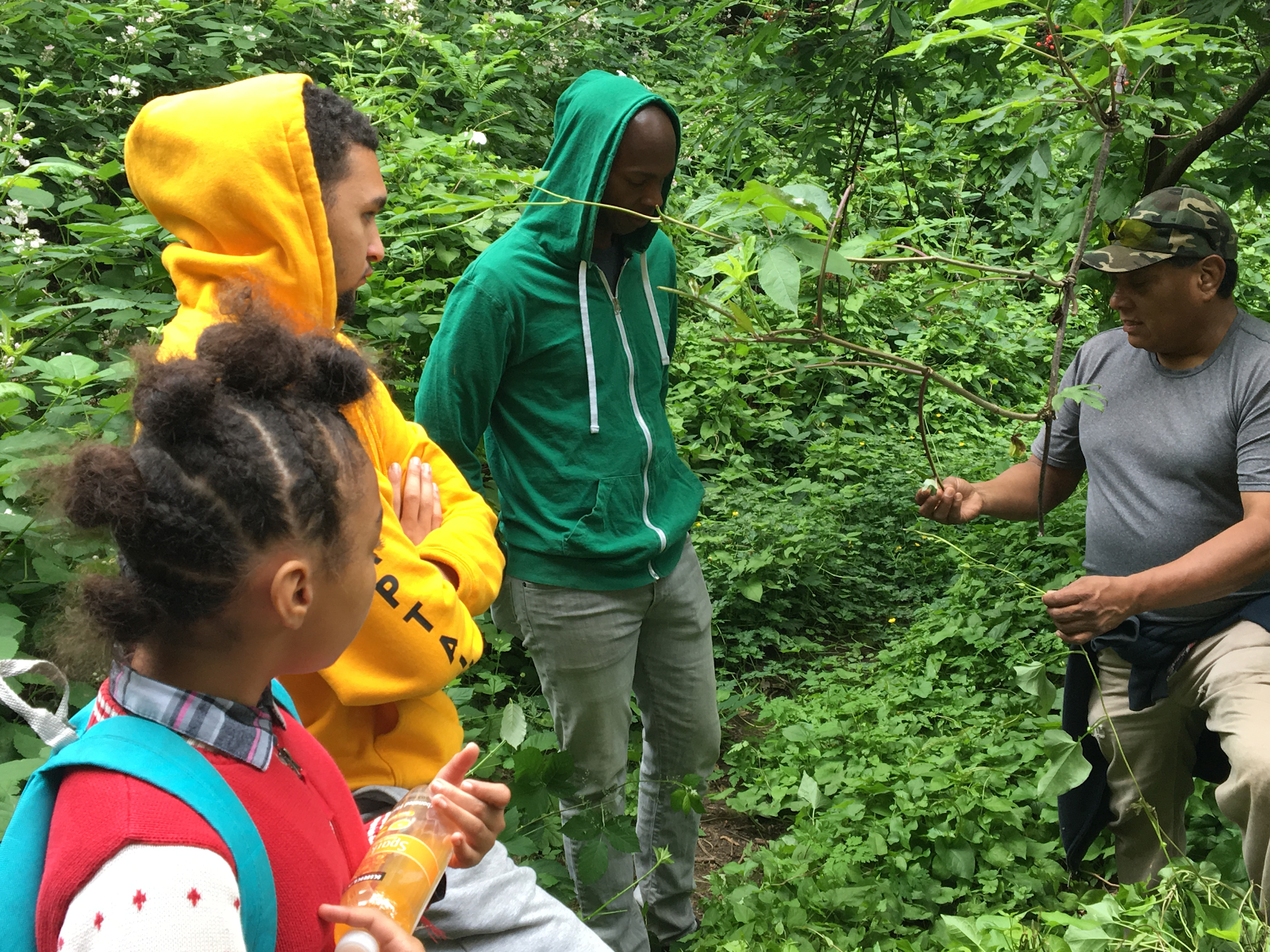
First Foods
Students will learn about native first foods and edible plants through Traditional Ecological Knowledge (TEK). This is in partnership with local non-profit, Wisdom of the Elders (WOTE), who record and preserve traditional cultural values, oral history, prophesy and other messages of guidance from indigenous elders in order to regenerate their culture for future generations of native peoples.
Program Time: 1 hour
Recommended grade level: K-12
Season: Anytime, but subject to the availability of WOTE
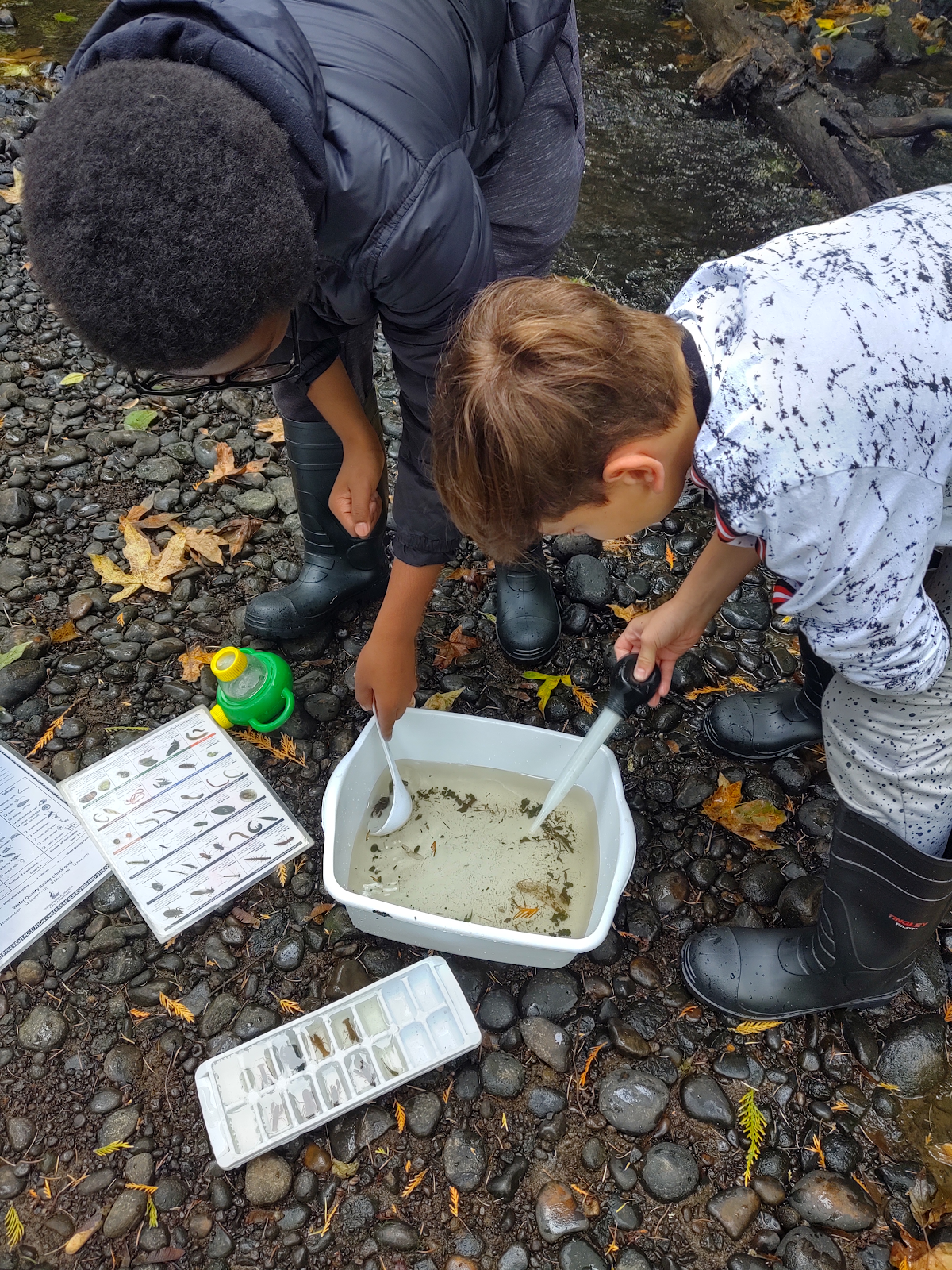
Macroinvertebrates Survey
Students will learn about the tiny but mighty aquatic creatures in riparian systems, how they are used in a biological assessments, and their role in the food web and stream health. Students will engage in water safety, learn where macroinvertebrates live, and how to conduct a macroinvertebrate survey sample. We focus on identifying three groups of macroinvertebrates and measure their sensitivity levels. Students then determine the health of a specified “reach” of Johnson Creek. Our subsequent debrief covers stream pollution and mitigation.
Program Time: 1.5 hours
Recommended grade level: Middle School, but can be tailored for High School students
Season: Anytime, but recommended in warmer weather
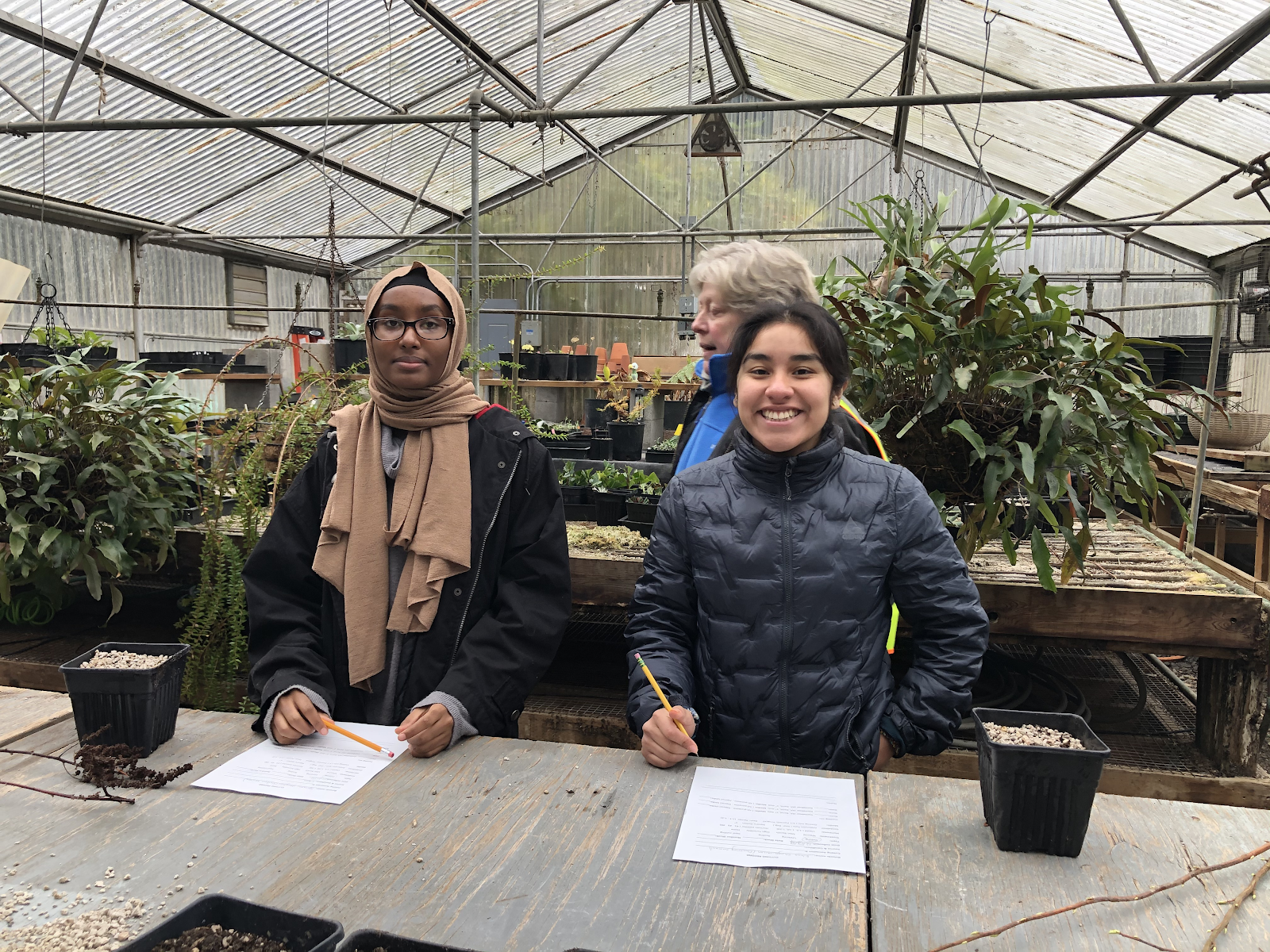
Nature Journaling
Students will make observations of their surrounding area in the Johnson Creek Watershed and record what they find in their nature journal. We cover the basics of nature journaling, data recording, plant identification, and observation techniques.
Program Time: 1 hour
Recommended grade level: K-12
Season: Anytime
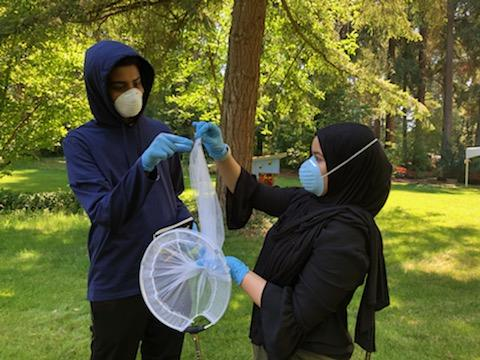
Pollinator Survey
Students will conduct their own pollinator surveys in Johnson Creek Watershed. Students will come away with a deeper understanding of pollinators, including: how pollinators benefit Johnson Creek, the importance of native pollinators, basic pollinator identification, how to set up a transect and pace, and how we can encourage pollinator activity.
Program Time: 1 hour
Recommended grade level: K-12
Season: Spring

Riparian Observation
Students will engage in an experiential learning experience by observing a riparian area in Johnson Creek Watershed Council. Students will learn about riparian areas and their functions, as well as how to identify common riparian plants and the impact of pollution on these ecosystems.
Program Time: 1 hour
Recommended grade level: K-12
Season: Anytime
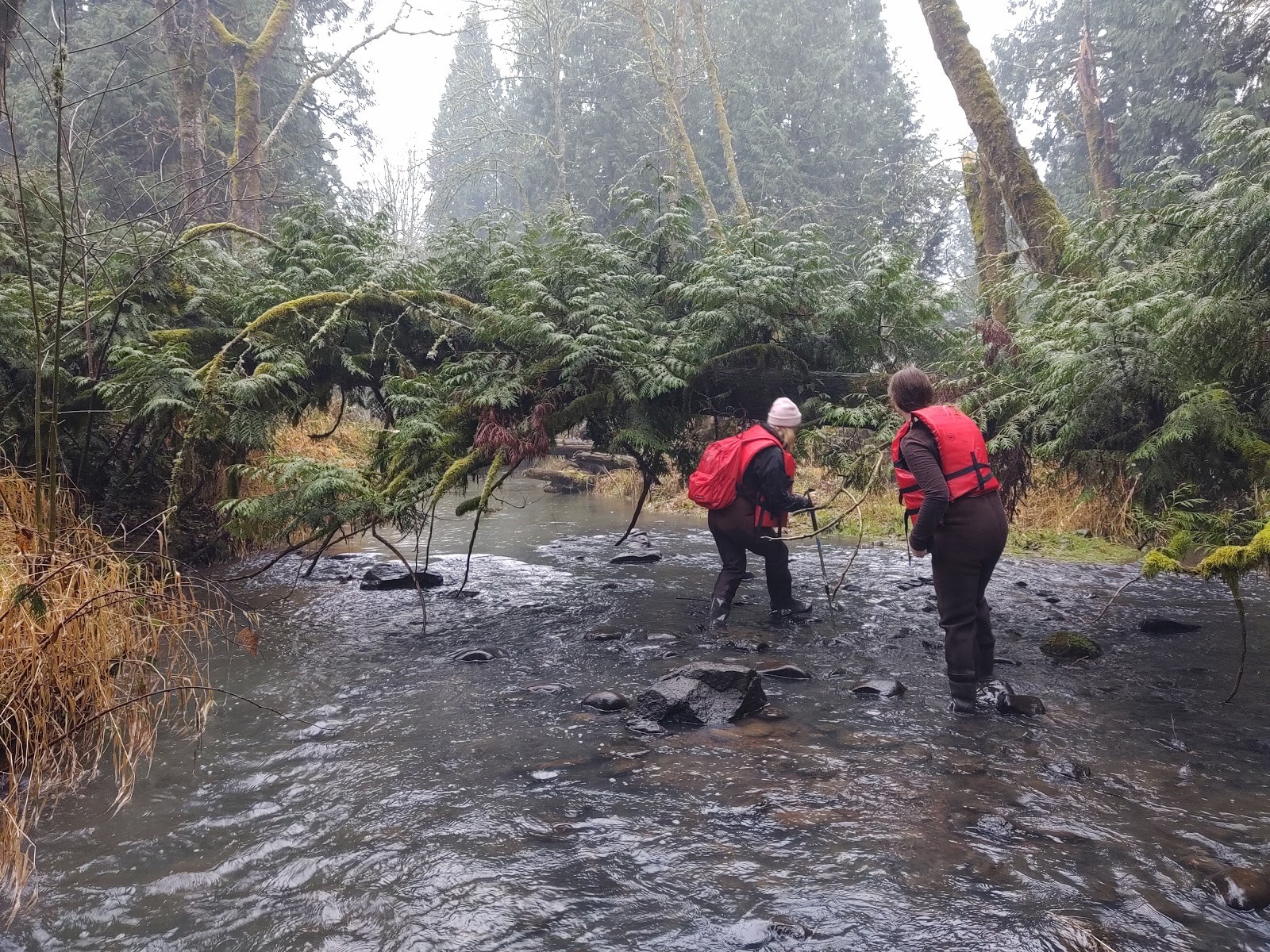
Salmon Survey
Students will conduct a salmon survey along Johnson Creek! They will be introduced to the salmon life cycle, native salmon identification, how to conduct a survey and record findings, how to examine a fish carcass, and water safety.
Program Time: 2-3 hours
Recommended grade level: High School, but can be tailored for middle school students
Season: Fall and Summer
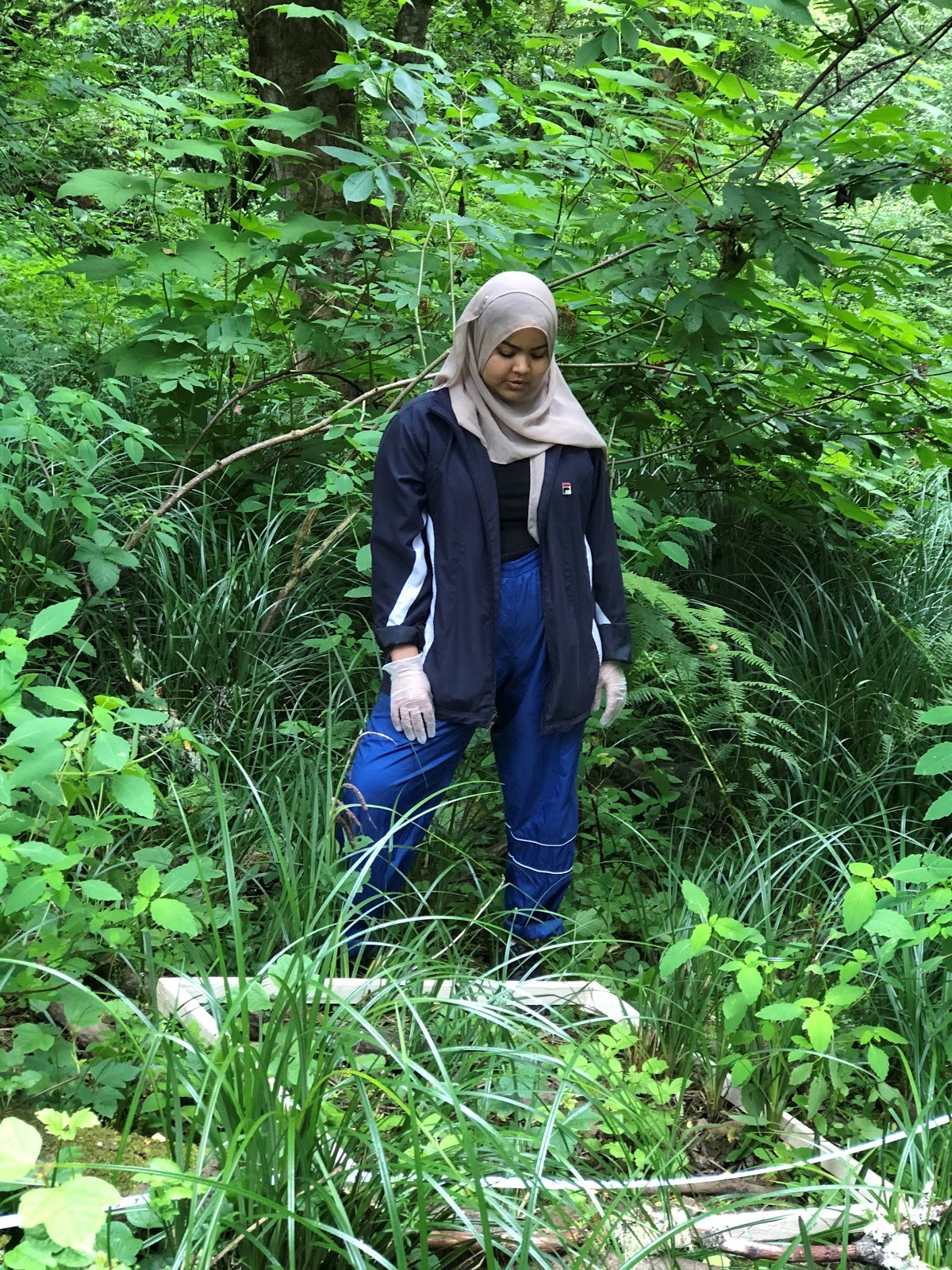
Vegetation Percent Cover Survey
Students will take a deeper dive into plant monitoring by calculating the percent cover of certain quadrats within a riparian area. This includes the participation of setting up transects and photo points (optional). After the data is collected, students will determine the health of the riparian area based on the communities of native and invasive plants present.
Program Time: 2-3 hours
Recommended grade level: High School
Season: Anytime, but recommended in spring
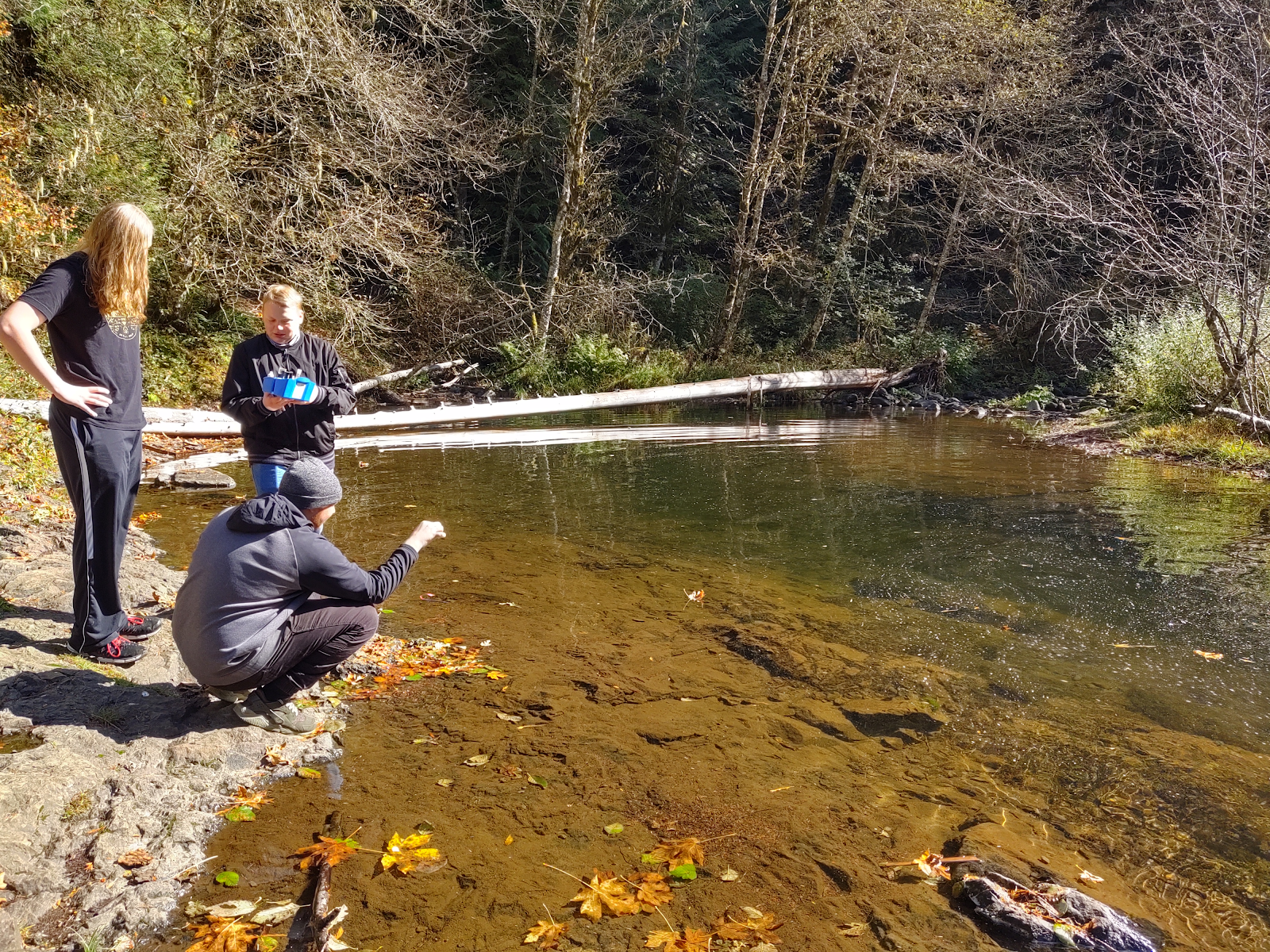
Water Quality Testing
Students will learn how water quality affects native wildlife in the Johnson Creek Watershed. Students will assess Johnson Creek based on four criteria, then interpret the health of the tested reach of JC. Our debrief covers mitigation for poor water quality.
Program Time: 1 hour
Recommended grade level: Middle or High School
Season: Anytime
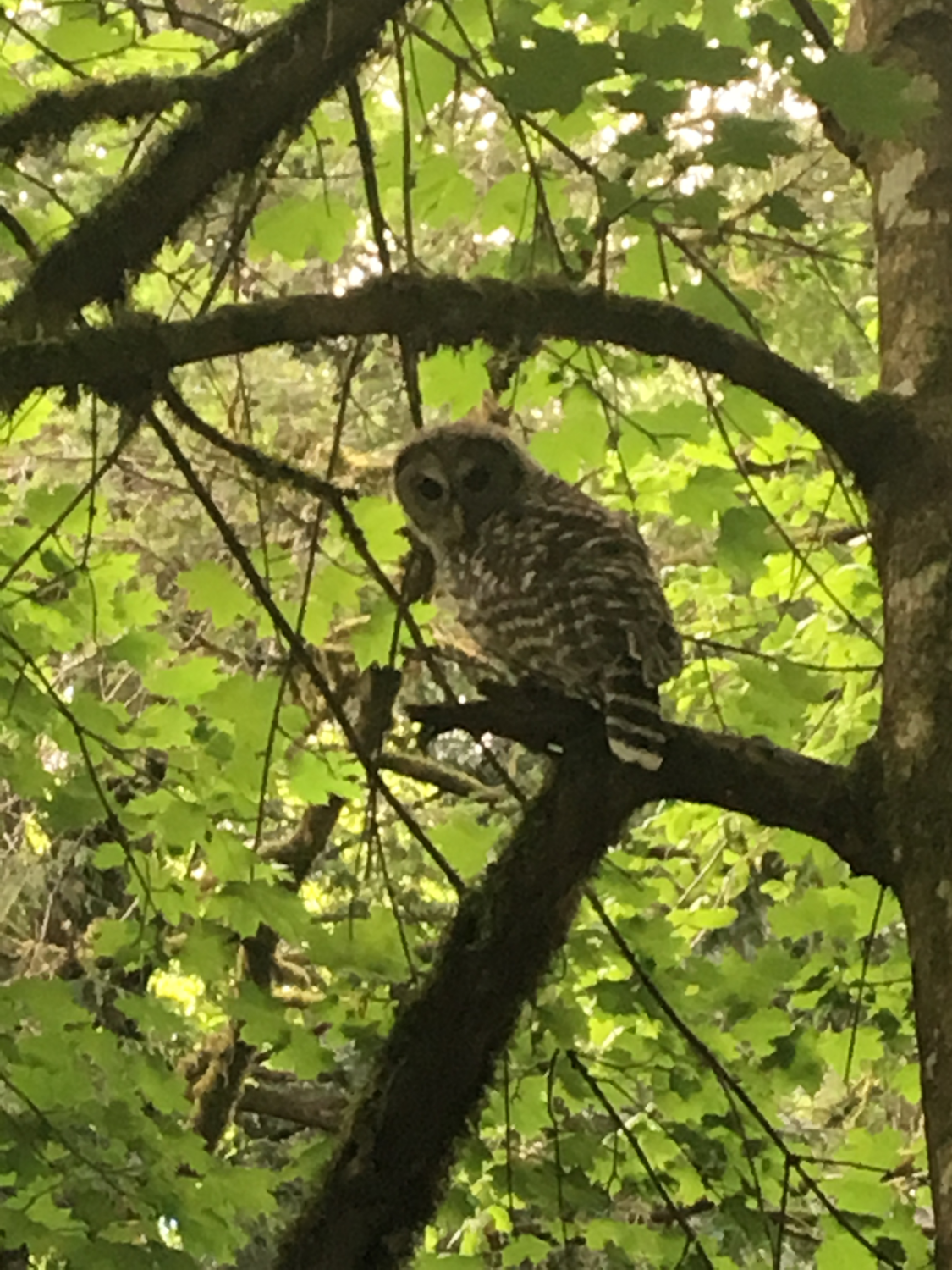
Web of Life
Create a food web and food chains by representing different organisms that live along Johnson Creek. Learn how energy travels between organisms, differences between herbivores and carnivores, how diversity can prevent ecosystem collapse, and how organisms are dependent on each other.
Program Time: 45 minutes
Recommended grade level: Elementary
Season: Anytime
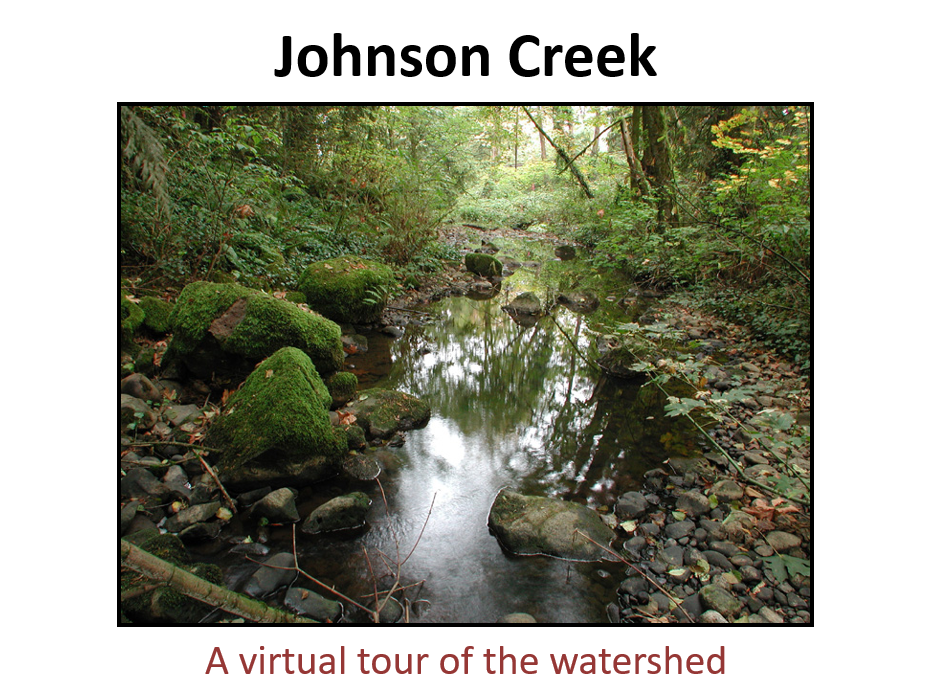
Virtual Watershed Tour
Students will learn the fundamentals of the Johnson Creek (JC) watershed by taking a virtual tour from the headwaters to the confluence.
Program Time: 2 hours
Recommended grade level: Middle or High School
Season: Anytime

Watershed Model
Students will explore the idea of what a watershed is through a hands on model testing. We will test water pollution and other elements by pouring liquid over surfaces that replicate a mini ecosystem. Students will then learn how to prevent pollution in different land uses in the Johnson Creek watershed.
Program Time: 1 hour
Recommended grade level: Elementary or Middle School
Season: Anytime
We believe in the power of learning by doing.
We work with educators interested in engaging their students in restoration projects at sites throughout the Johnson Creek Watershed. We deepen learning outcomes through educational activities suited for the specific project and site. We always pair hands-on work with an interesting curriculum that is fun for the whole class!
Field-based, hands-on education:
Builds an ethic of stewardship,
Creates place-based investment in nature, and
Helps restore degraded habitat.
